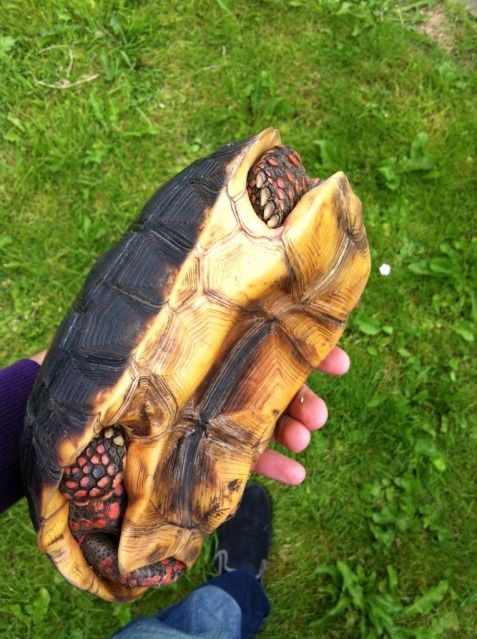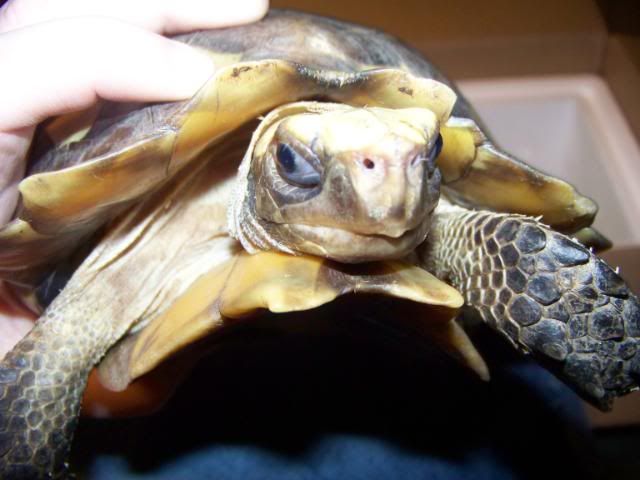I am asking because of what I saw on GMA (good morning America)today. Jack Hanna ( I know, kinda goofy, not the most informative) had a few animals on today. One was a sulcata. He said the way to tell the difference between male and female, was the indention in the bottom shell (plastron) of the male. I don't recall this ever being mentioned on hear that I can remember. I hear about the tail length and thickness and the tail area of the shell, whether its curved or V-shaped. I can't recall ever reading about the plastron being curved in, for assisting the male to fit the curve of the females shell. So my question is.
1- is this true? Does a curve/indention plastron mean male?
2-can this indention/curve at a young age, ever change to a flat, uncurved plastron? iIf its curved, at a younger age (what we preceive as too young to sex)does it mean it will be 100% male?
3-is either one more reliable then the other?
Please give any factual info. Also any guesses and ideals or opinions always welcomed.
Thanks
1- is this true? Does a curve/indention plastron mean male?
2-can this indention/curve at a young age, ever change to a flat, uncurved plastron? iIf its curved, at a younger age (what we preceive as too young to sex)does it mean it will be 100% male?
3-is either one more reliable then the other?
Please give any factual info. Also any guesses and ideals or opinions always welcomed.
Thanks







